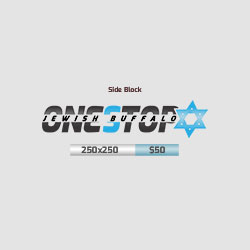The ten plagues hold a central place in the Jewish redemption from Egypt and the commentaries find extensive meaning behind the role and purpose that each plague meant to fulfill. Let’s consider the first plague, blood. Shmot Rabba describes that the first plague, in which the Nile River turned into blood, was a physical symbol of the destructive confidence that became the hallmark of Egypt.
Constructive confidence that builds one’s spiritual character and fosters sensitivity to others is a positive trait. Yet, “Egyptian” confidence was such that it bred dominance and exploitation.
The Nile River embodied the source of Egyptian confidence and security. Since little rain falls in Egypt, the country’s agriculture and sustenance are completely dependent on the Nile, therefore the ancient Egyptians actually deified the Nile . The waters of the Nile turning into blood reflected the perverse state of a nation which turns its confidence into blood, using its position of strength and power to slaughter and butcher countless innocent human beings.
As you read through the remaining nine plagues, consider what role it might have served towards rectifying negative traits and behaviors that existed in Egypt. By extension, as we consider the “plagues” and challenges that we all face, can we identify a deeper significance and role that the challenge might serve in our own lives?


